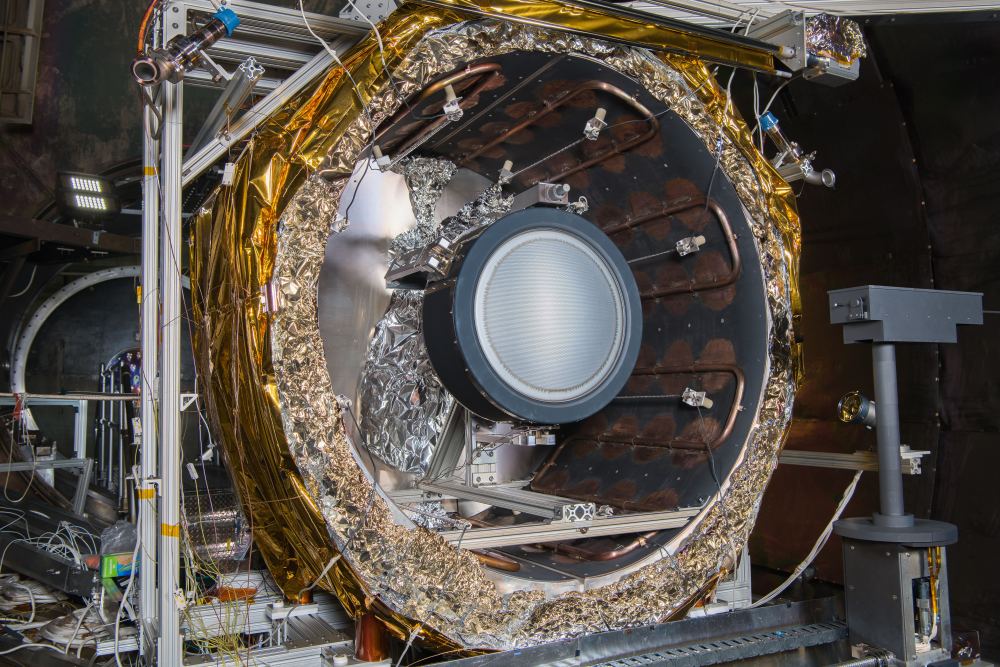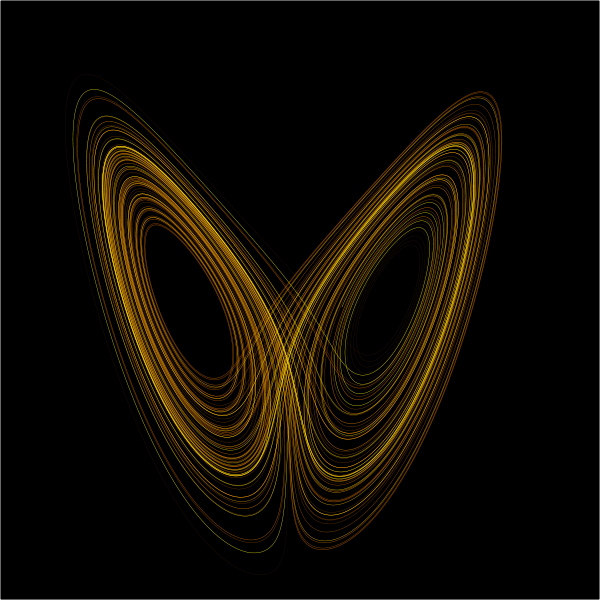
Musk recently posted photos of the latest Starship prototype, which were recently assembled and shipped to Boca Chica to begin testing.
Continue reading

A series of studies has shown that the seeds of supermassive black holes and relativistic jets existed much sooner than expected
Continue reading
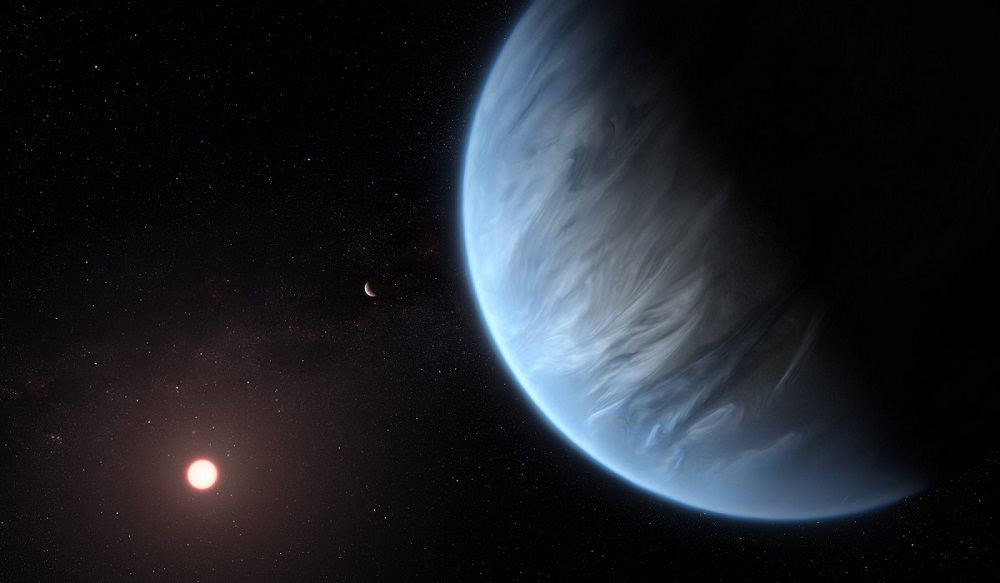
A new study shows how the presence of a cloud layer could make it harder for the James Webb Space Telescope to detect water on exoplanets.
Continue reading
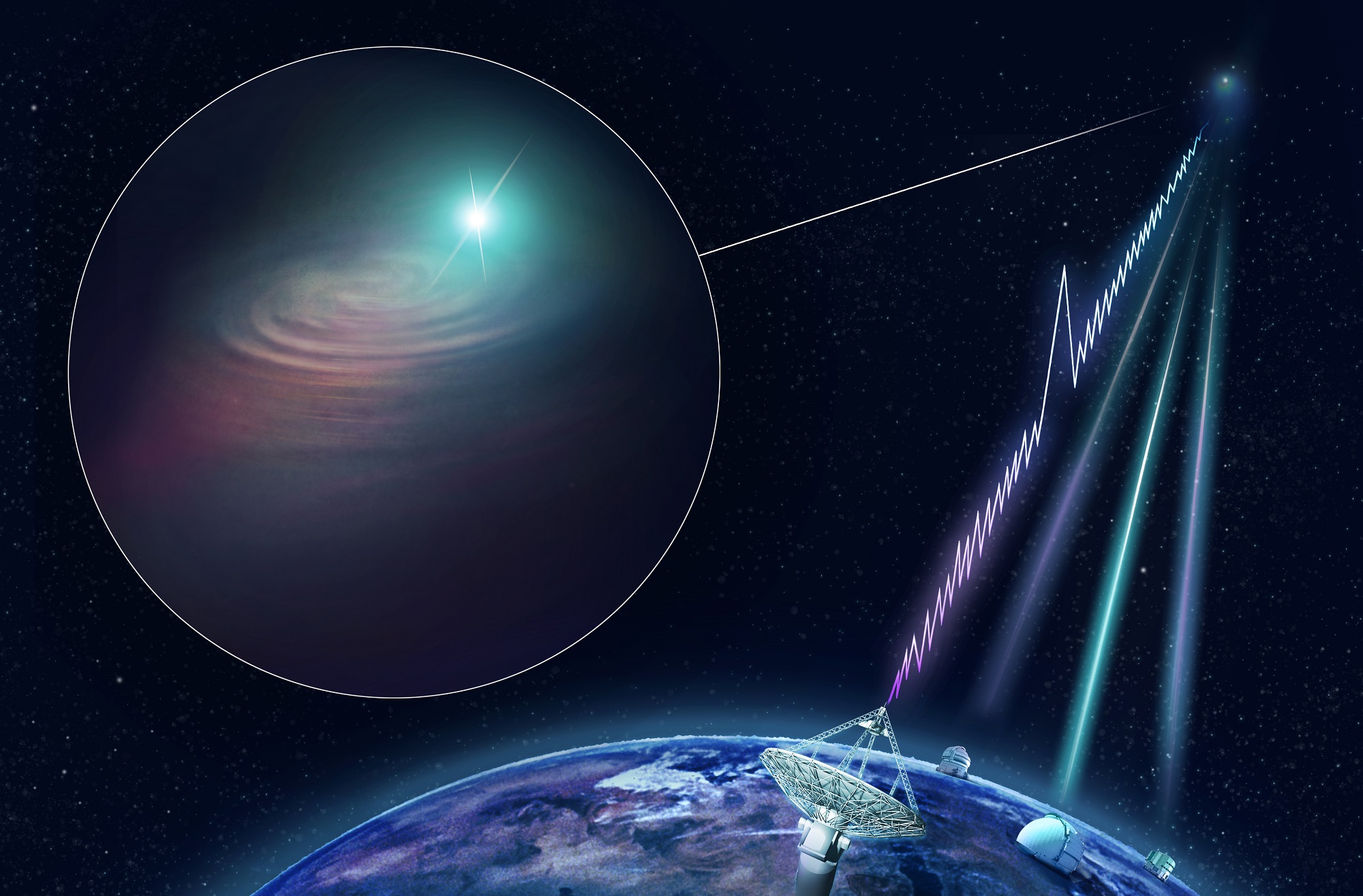
The CHIME radio telescope array has detected nine new fast radio bursts on repeat, which are revealing things about this strange phenomenon
Continue reading

Got clear skies? If you're like us, you've been putting the recent pandemic-induced exile to productive use, and got out under the nighttime sky. And though 2020 has yet to offer up a good bright 'Comet of the Century' to keep us entertained, there have been a steady stream of good binocular comets for northern hemisphere viewers, including C/2017 T2 PanSTARRS and C/2019 Y4 ATLAS. This week, I'd like to turn your attention to another good binocular comet that is currently at its peak: the 'other' comet ATLAS, C/2019 Y1 ATLAS.
Continue reading

The world recently lost another luminary, NASA astronaut Al Worden, who was part of the Apollo program and piloted the Endeavor around the Moon
Continue reading
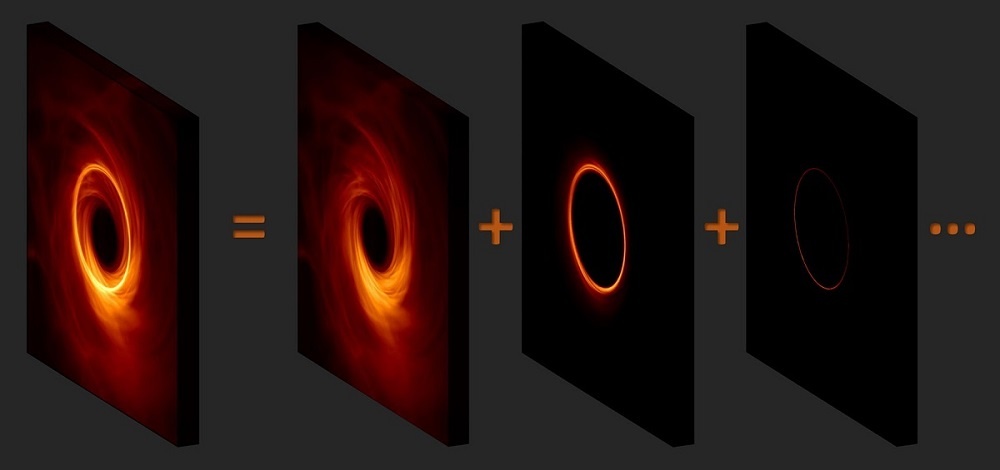
A new study by members of the Harvard Smithsonian Center for Astrophysics (CfA) has shown how new images of black holes can be used to identify the substructure of these mysterious objects
Continue reading
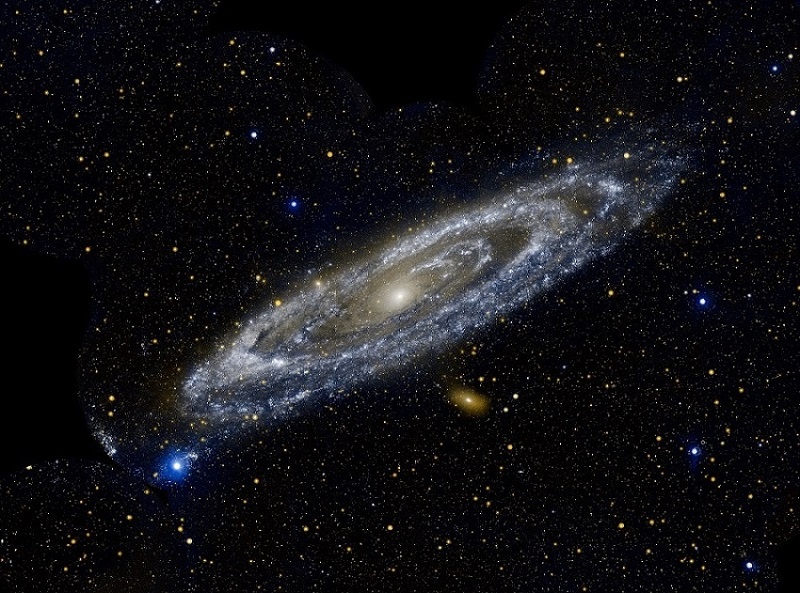
NASA recently selected four new missions for development that will study gravitational waves, supernovae, relativistic jets, and exoplanet habitability.
Continue reading

An image taken by the MROs HiRISE camera showcases the types of terrain around part of Mars' Valles Marineris canyon system.
Continue reading

At the recent Satellite 2020 Conference & Exhibition, Elon Musk declared that Starlink will not become its own company in the foreseeable future.
Continue reading
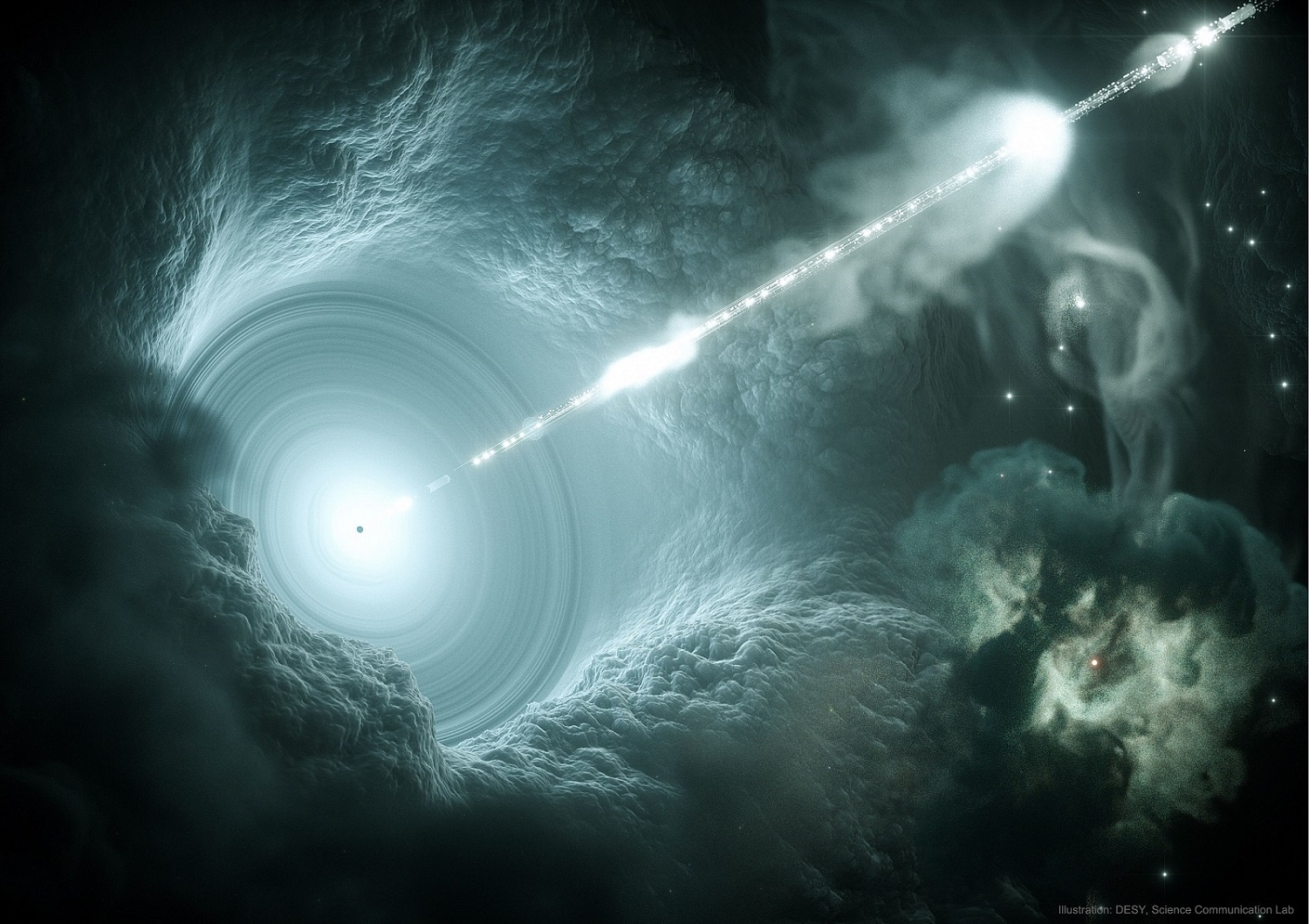
A team of European scientists have observed the most distant "blazar" to date, an active galaxy that was around when the Universe was less than 1 billion years old.
Continue reading

 Universe Today
Universe Today







